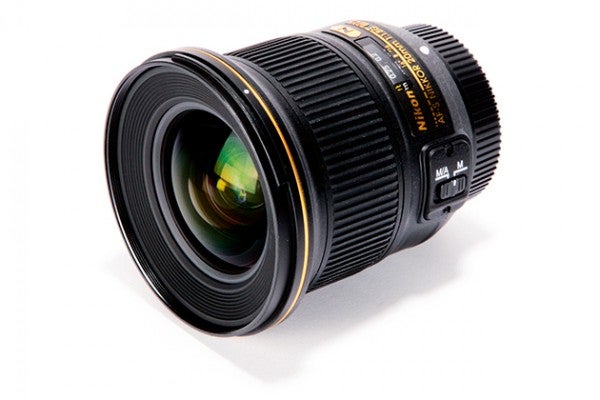With an f/1.8 aperture, the Nikkor 20mm f/1.8G ED matches the current class leader. Richard Sibley pairs the new wideangle lens with a Nikon D750
Nikon AF-S Nikkor 20mm f/1.8G ED review
As optical design and construction improved, Nikon was able to introduce a more conventional Nikkor 20mm f/3.5 lens in 1967, and in 1989 the first Nikkor 20mm f/2.8 autofocus lens appeared. This 12 elements-in-nine groups design was updated in 1994 to an AF-D version, and this lens remained current until last year, when the new AF-S Nikkor 20mm f/1.8G ED was unveiled.
Nikon AF-S Nikkor 20mm f/1.8G ED review – Features
The standout feature of Nikon’s 20mm f/1.8 lens is the combination of a wide focal length and large aperture. Designed for 35mm full-frame cameras, the 20mm focal length should be enough to capture even the widest vistas – although while such wideangle views can look very dramatic when you are there, they often fail to translate into a good photograph unless there is something interesting filling the space in the foreground. With this in mind, the f/1.8 aperture can be used to create a shallow depth of field ensuring that only the foreground subject is sharp, with the background creeping out of focus. It goes against landscape photography rules that dictate everything in the image must be sharp, but using a shallow depth of field can make for some very interesting images.
Those who shoot starlit landscapes will also enjoy the advantage of the f/1.8 aperture. Shooting such images, especially without introducing noise, relies on having a large aperture so that as much light from the stars can be captured as possible – the f/1.8 aperture should be able to capture both a dimly lit landscape and the stars. The old rule states that to keep the stars in the sky sharp, the exposure time should be no more than 600 divided by the focal length of the lens – a 30sec exposure should therefore be good enough when using a 20mm focal length.

The seven-bladed aperture creates a lovely 14-point star-shaped lens flare when shooting into bright light
The 20mm f/1.8 lens uses Nikon’s Nano Crystal Coating to reduce flare and chromatic aberrations. There are two aspherical and two ED (extra-low dispersion) elements to ensure images are sharp and show minimal distortion.
Although the lens doesn’t have Nikon’s Vibration Reduction lens-based image stabilisation, this shouldn’t be an issue because it is possible to shoot handheld with this lens at around 1/30sec and still get sharp images.
Photographers will be pleased that this lens features a quiet Sonic Wave Motor (SWM), as well as being rear focusing. This means that the front lens doesn’t extend or rotate during focusing. This is a real benefit for users of filters such as polarisers or ND grads.






